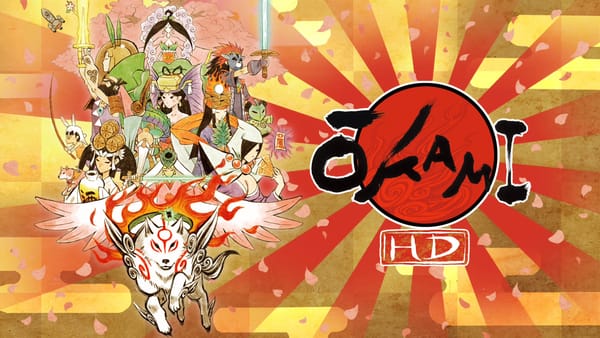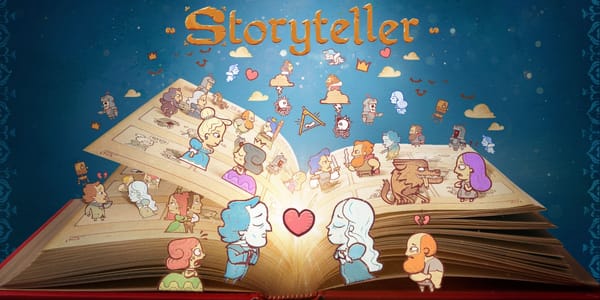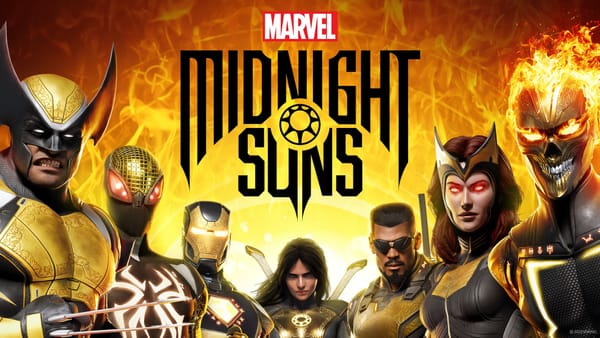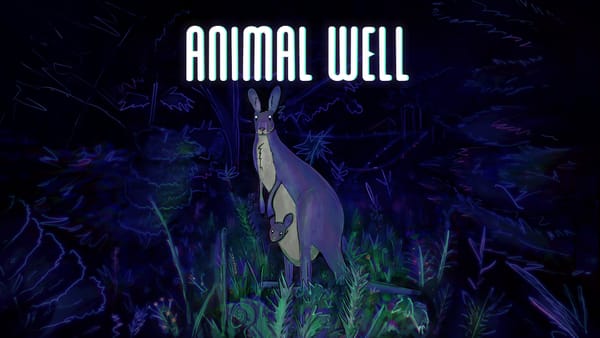Diablo II: Resurrected and fallen worldbuilding
Why tell a story when you can leave it strewn at the player's feet?
It might be the nostalgia talking, but everything about Diablo II: Resurrected, a remastered rerelease of the 22-year-old game, feels just as good as it did when the game first came out.1 The gameplay loop is just as hypnotic as when I replayed it in college, binge-watching TV shows for a screenwriting class while slaying hordes of hellions. There’s just something timelessly therapeutic about smacking down a bunch of demons whose souls burst out of them like Fruit Gushers when they die.
I haven’t played Path of Exile or any of the other games spawned by Diablo II, but I’m sure they’ve evolved the mechanics of the genre in ways superior to the progenitor, so I can’t say if Resurrected feels outdated in that regard. What I have played is Diablo III, a game where you don’t choose your stats or skills when you level up, and where every class plays in a very same-y way. Somehow, though, Diablo III’s failure in gameplay is not its cardinal sin. What makes it a true pretender, a husk parading around in Diablo skin, is its presentation of story and atmosphere. The art style is brighter and softer than the dark grit of Diablo II (not the direction to go for a game about the Devil), and each act is an unoriginal copy+paste of one from Diablo II. It’s as though they said to themselves, “Look, if we just move the Embattled Snowy Mountain from Act V to Act III, no one will notice that we kept the exact same grassy area→desert→afterlife progression from Diablo II.”
Where Diablo III falls even further, though, is the framing of the narrative, which is now done with big ol’ protagonists, main-character style, just like The Gamer wants them. All of the dialogue and cutscenes are now about Special Chosen Ones and Their Destinies and the Battle between Good and Evil. It’s obvious why the developers went in this direction. It’s very Avengers, and Avengers is very successful. Ultimately, though, it makes the characters of Diablo III feel like action figures and the conflict seem weightless. Heaven and Hell—the ultimate consequences—made to feel inconsequential. Well done, Blizz.
Diablo II’s approach was different, to put it mildly. How do you communicate the crushing weight of something beyond mortal comprehension? By telling the story through the lens of a mortal being crushed under that weight. The cutscenes in Diablo II are narrated by the wretched Marius, a mere and particularly feeble mortal who has been driven mad by what he has seen. He follows Diablo-in-disguise across the land, ignorant to what he is witnessing and completely incapable of fighting back against any of it. Contrary to the more typical modern power fantasy, Marius’ hopelessness is the player’s hopelessness. We are not, in Diablo II, chosen heroes destined to defeat Diablo. This is Hell we are taking on. What hope can we have to prevail over the eternal? The updated cutscenes in the Resurrected emphasize this feeling, though the graphical updates are ultimately unnecessary, as the emotional power of these scenes comes across through the voice acting, unchanged, just as sharply now as it did 20 years ago.
The real genius of framing the narrative through Marius’s retelling, though, is that, as you play, all of the events have already occurred. As you go from act to act, you are perpetually late to the action, Marius and Diablo having already moved past you, as you arrive only to witness the aftermath. Everywhere you go, it is too late. Everyone is gone and only twisted demons remain. Most games want to make players feel like a part of the action, usually through cutscenes or dialogue that force narrative progression and emphasize your centrality to the story being told. Diablo II, by contrast, is completely content to tell you, again and again, that what ultimately matters has already happened.
When I first played Demon’s Souls in 2009, a few hours into the game, I thought to myself, “This is the successor to Diablo II.” The story is told in the exact same way: the calamity has already happened, the heroes of old have fallen or been corrupted, the ruined world is empty. You watch very few cutscenes, read very little dialogue. You pick up the story through the atmosphere, through the world design, through your imagination. This isn’t strictly how Diablo II delivers its story, but it’s how I’ve consumed it. I skip pretty much all of the dialogue in the game, preferring the gameplay and cutscenes. I don’t need to know the specific ancient history of a brotherhood of monks, or whatever nonsense I’m sure Deckard Cain wants to tell me about in four to five expository paragraphs, when instead I can just feel their effect on the world. FromSoft games, which take this lesson in ambient worldbuilding, are some of the most celebrated of the last decade, their stories lauded just as much as their gameplay, despite or perhaps because of their more obscure delivery. It’s that same wisdom that Diablo II tapped into years earlier, focusing on mood more than plot, and never taking agency away from the players for more than a few moments.
Which brings us, I suppose, to anticipation of Diablo IV. From early trailers, it looks like they learned their lesson about the aesthetic of III, taking things back to the darkness of II. But how will they approach the storytelling? If I had to guess, probably with lots of dialogue and some Avengers-type plot line. If they’re going to make me sit through a cutscene of Deckard Cain running his mouth in glorious 4K, the writing better be at least as good as The Last of Us Part II. I’m not optimistic about seeing that level of quality, nor that nuanced an approach to narrative, so suffice to say: I am eagerly anticipating the next FromSoftware release, the new torchbearers of ambient storytelling.
Which is a long way of saying, where’s Bloodborne II?
Other than giving money to Blizzard, which feels decidedly worse. ↩




